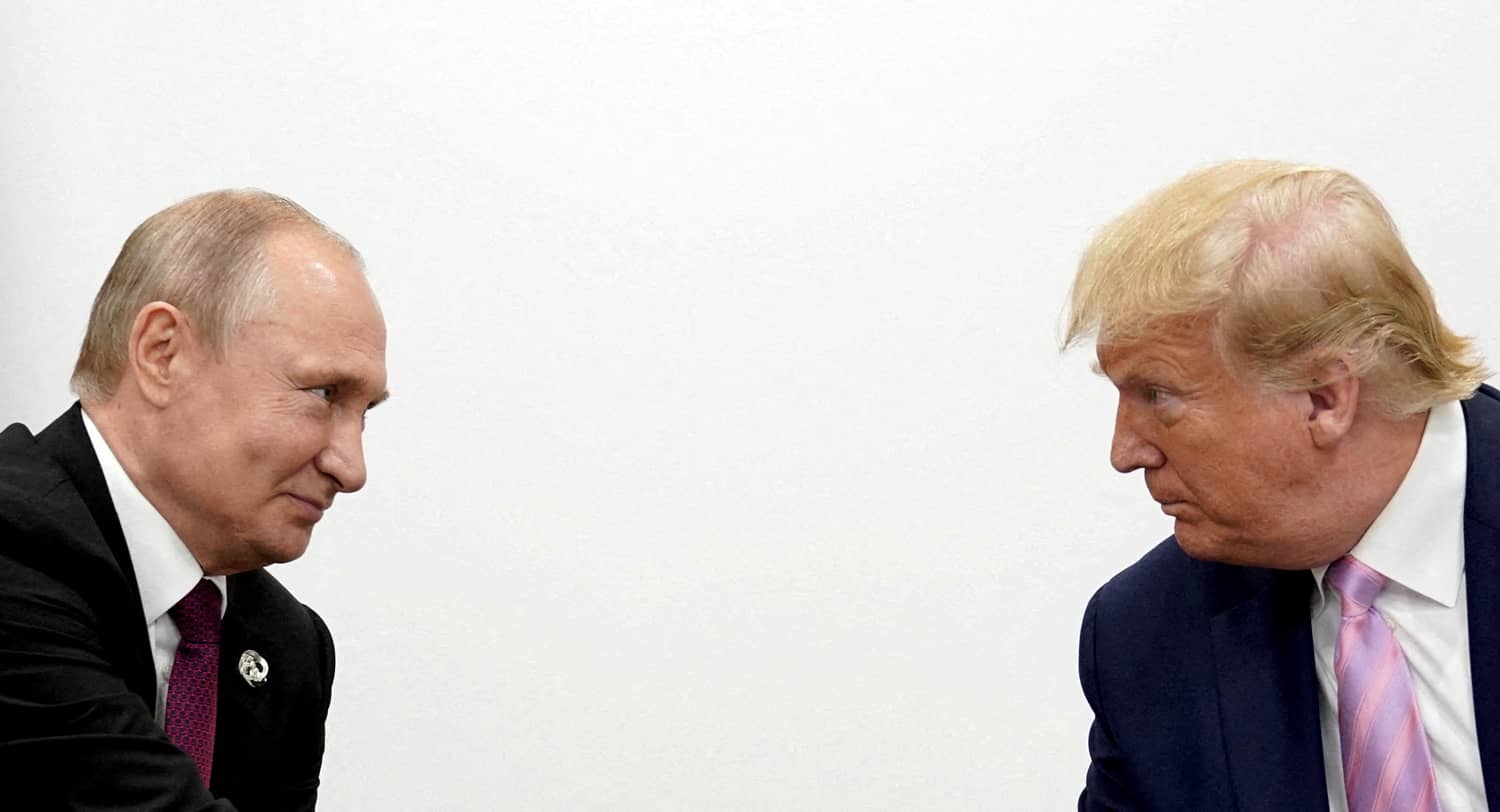From the first day of his return to the White House, Donald Trump has made a point of demonstrating that he intends to carry out his campaign promises. In addition to the flurry of executive orders that he began to issue within hours of his inauguration, Trump has also made waves internationally.
By threatening to impose tariffs on Colombia, he successfully cowed President Gustavo Petro into accepting migrants deported from the United States. His threat to either purchase or militarily seize Greenland led Denmark’s Prime Minister Mette Fredericksen to announce an increase in Danish defense spending for Greenland even before the president-elect took office. Trump’s similar threat to occupy the Panama Canal, owing to what he termed its takeover by China, led Panama’s initially defiant President Jose Raul Mulino to inform Beijing that it was withdrawing from the Belt and Road Initiative, China’s worldwide investment and infrastructure project. And Trump’s pronouncement that there would be “hell to pay” if Hamas did not release Israeli hostages certainly spurred that terrorist organization to agree to a three-phase deal that has led to the return of a small number of hostages, though the arrangement’s future remains very much uncertain.
Trump, together with his senior Cabinet team, have now turned their attention to Ukraine. Their messages are not entirely consistent. To begin with, Trump sent Secretary of the Treasury Scott Bessent to Kyiv to demand that Ukraine give America access to some $500 billion in rare earth minerals in light of the approximately $200 billion in total assistance that the United States has provided to Kyiv since 2014.
At roughly the same time as Bessent was departing for Kyiv, Secretary of Defense Pete Hegseth had a somewhat different message for his approximately fifty counterparts in the Ukraine Defense Contact Group. This group was founded in April 2022 under the chairmanship of Secretary of Defense Lloyd Austin only two months after the Russians launched their invasion of Ukraine. Its objective has been to provide military equipment to support Ukraine’s defense. The group includes all 32 NATO member states as well about two dozen others ranging from Australia and Japan to Israel and Jordan.
Hegseth’s message was sharply different from that of his predecessor. He asserted that Ukraine should abandon any hope of retaining all of its pre-2014 territory and instead should prepare itself for a negotiation with Moscow. Moreover, he emphasized that Ukrainian membership of NATO was a non-starter. American troops would not deploy to Ukraine; it would be up to Europe to undertake the major burden of financing Ukraine’s operations and to provide any troops that would be needed for a post-war peacekeeping force. He added that there would be no NATO Article 5 protections for such a force, even if it included NATO members. His meaning was clear: America would not be obliged to rush to aid the forces of its allies in the event they came under Russian attack.
Hegseth did not specify how the negotiations to end the war might be organized or who would actually do the negotiating. But President Trump did. Having held what he described as a “lengthy and highly productive phone call” with Vladimir Putin on the same day that Hegseth was speaking to the contact group, Trump stated on his Truth Social media platform that he and Putin would “work together, very closely, including visiting each other’s nations to achieve a diplomatic solution to the war.” He added that “we have also agreed to have our respective teams start negotiations immediately, and we will begin by calling President Zelensky, of Ukraine, to inform him of the conversation.”
Trump also announced his negotiating team. It would consist of Secretary of State Marco Rubio, CIA Director John Ratcliffe, National Security Advisor Michael Waltz, and Special Envoy Steve Witcoff. Witcoff had until now been heavily involved in negotiating the Israeli ceasefire with Hamas, the return of Israeli hostages and the release of Palestinian terrorists from Israeli prisons. Evidently, he would now be moving on to a possibly greater diplomatic challenge, even as the ceasefire’s future remains very much in doubt.
One name appears to be notably absent from Trump’s announcement of his negotiating team: retired general Keith Kellogg, a one-time acting National Security Advisor in his first administration, whom Trump recently appointed as special envoy to Russia and Ukraine. Kellogg had been working on a peace plan and was consulting NATO allies to seek their reaction to the plan. Perhaps Kellogg will serve as a sherpa, or backup, to the top-level negotiators.
All of the foregoing must leave Ukrainian president Volodymyr Zelensky’s head spinning. He remains adamant that Ukraine must regain all the territory it has lost since Russia annexed Crimea in 2014. He still seeks NATO membership. He is desperate for more American military assistance. Yet it appears that not only will he achieve none of his objectives, he may also find Trump and Putin reaching an agreement without his approval or even participation.
These developments are chilling echoes of the 1938 Munich Agreement, in which British Prime Minister Neville Chamberlain and his French counterpart Eduard Daladier agreed to Hitler’s seizure of the Czech Sudetenland, with Czech president Edvard Benes standing helplessly on the sidelines. Within a year of that agreement Hitler had seized all of Czechoslovakia, on his way to igniting World War II.
Trump avers that “millions of people have died in a War that would not have happened if I were president, but it did happen, so it must end.” Whether it ends with a semblance of security for Ukraine, or instead a rump state with no Black Sea shoreline, such as former Russian President Dmitry Medvedev has outlined in a widely circulated map, remains very much an open question. If indeed all that is left of Ukraine is a shrunken version of its former self, it may only be a matter of time before it too goes the way of pre-war Czechoslovakia, or even worse, leads to a much wider war.

